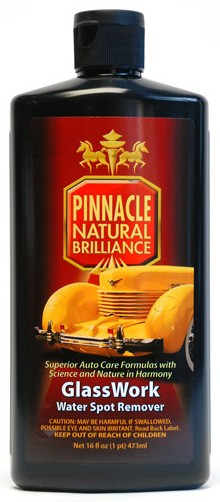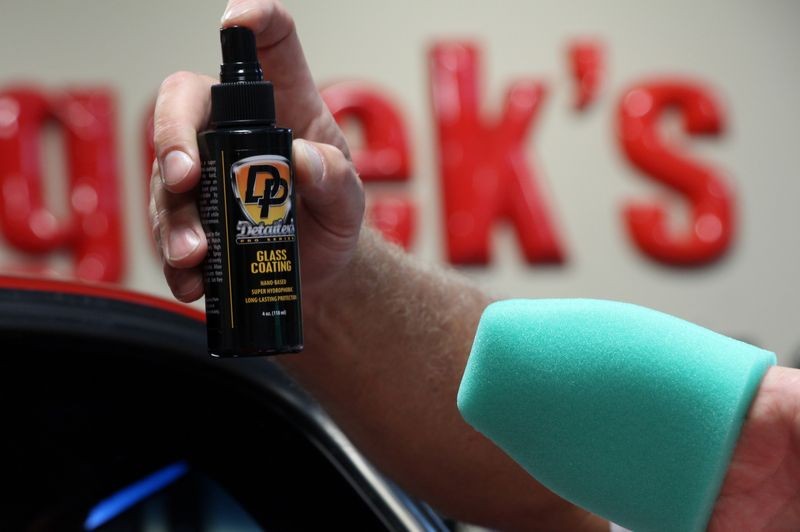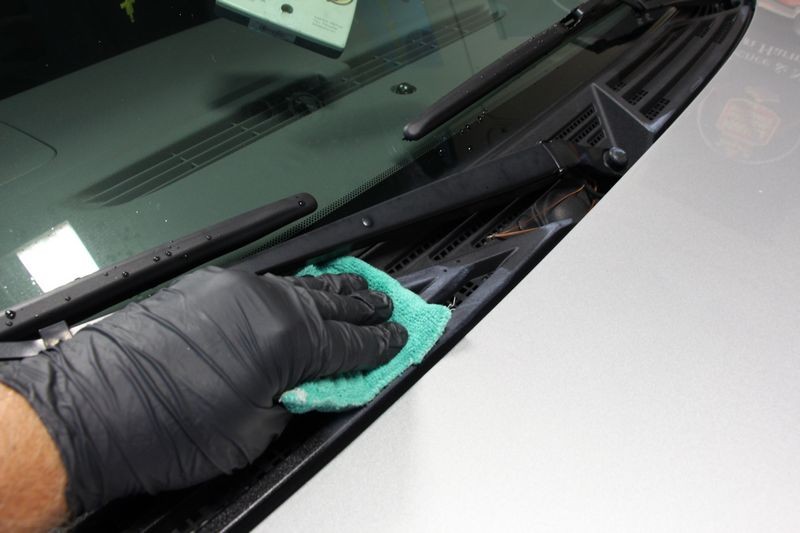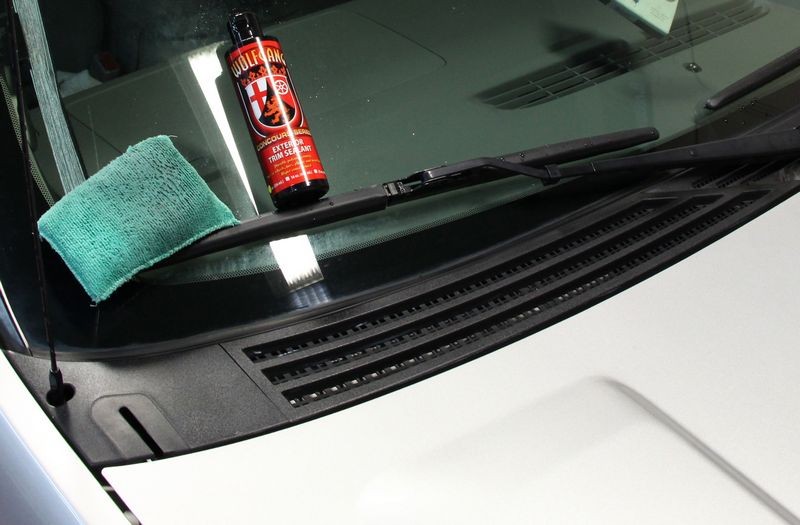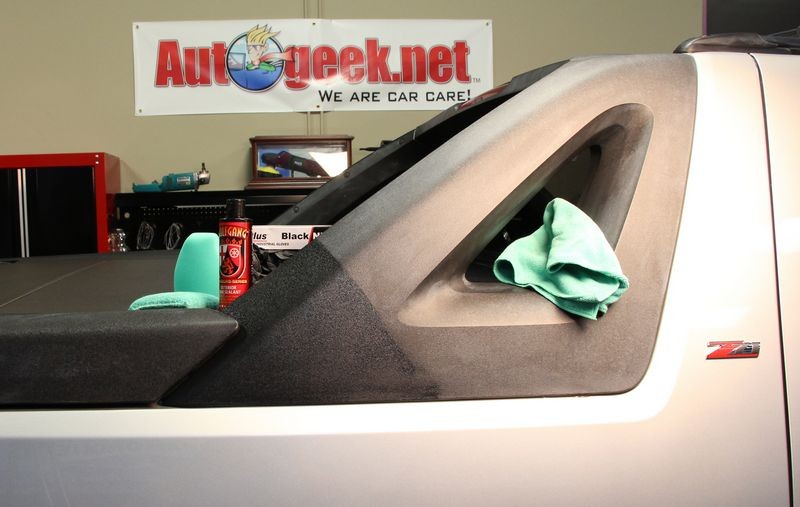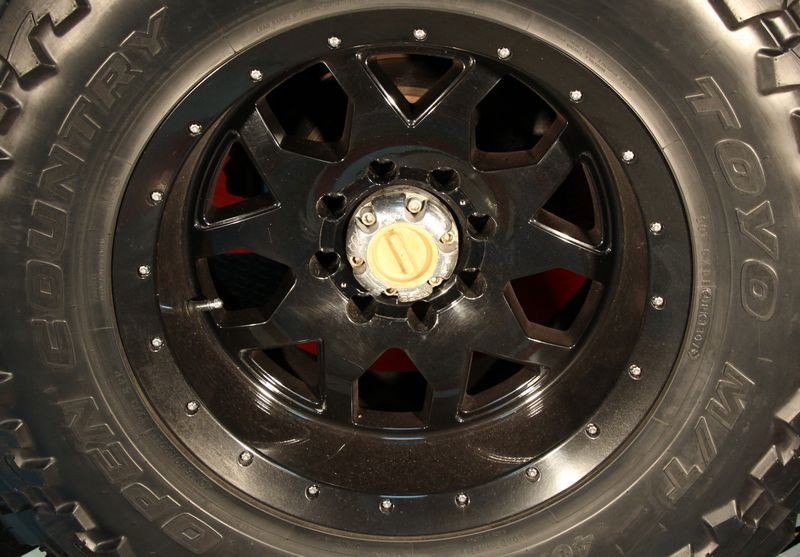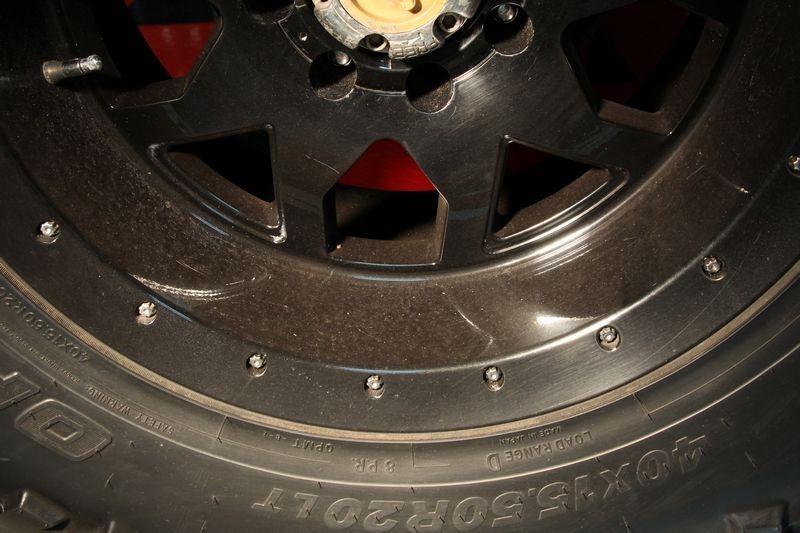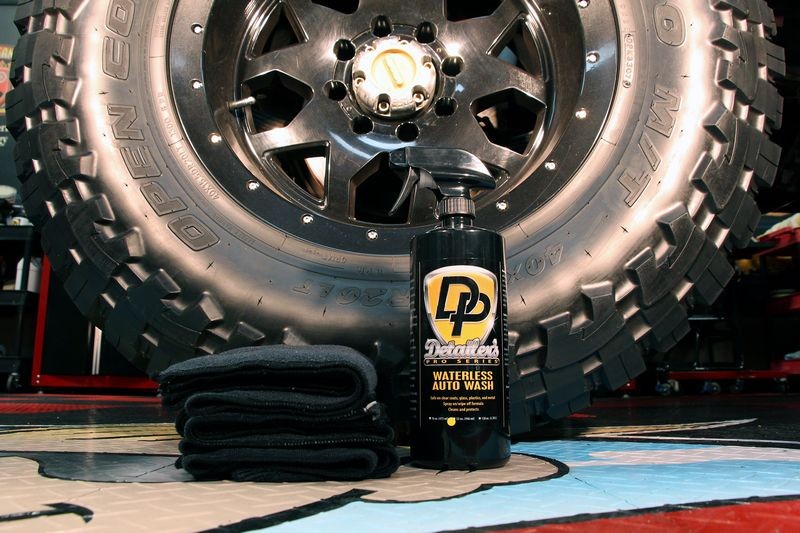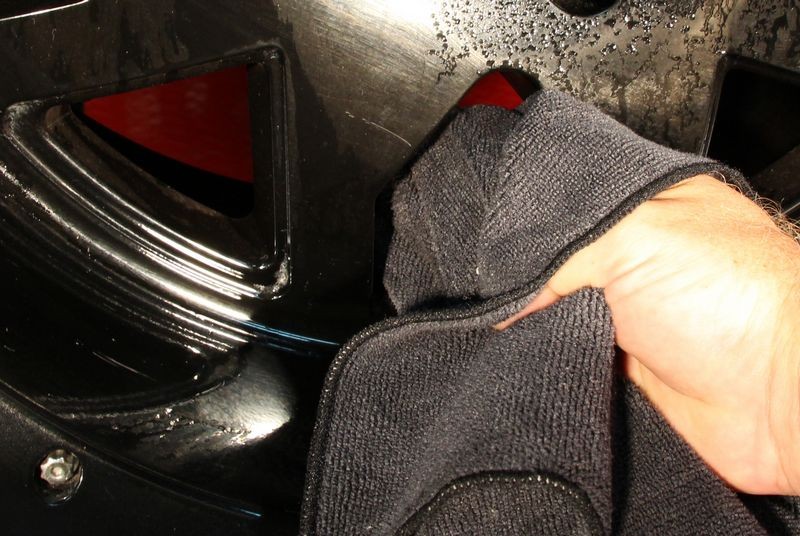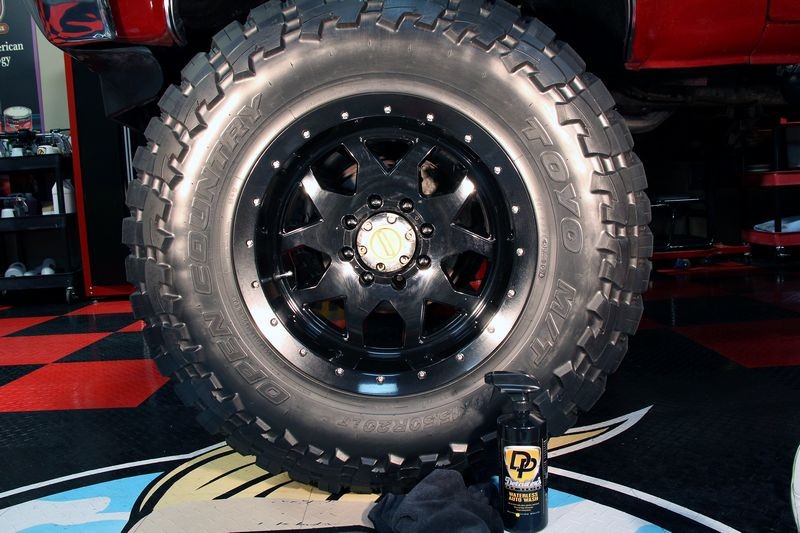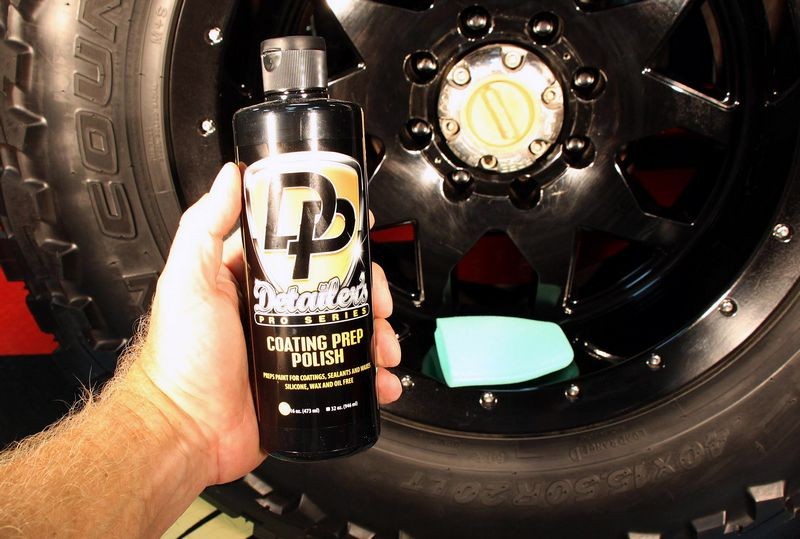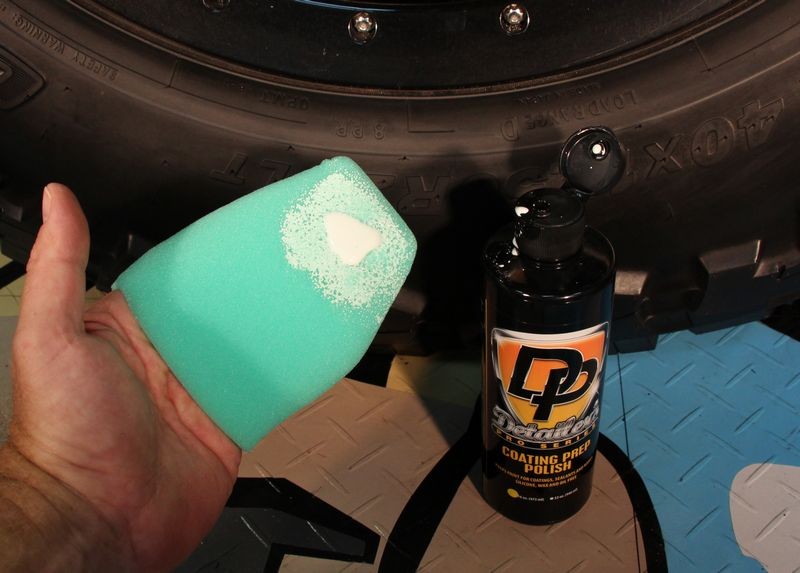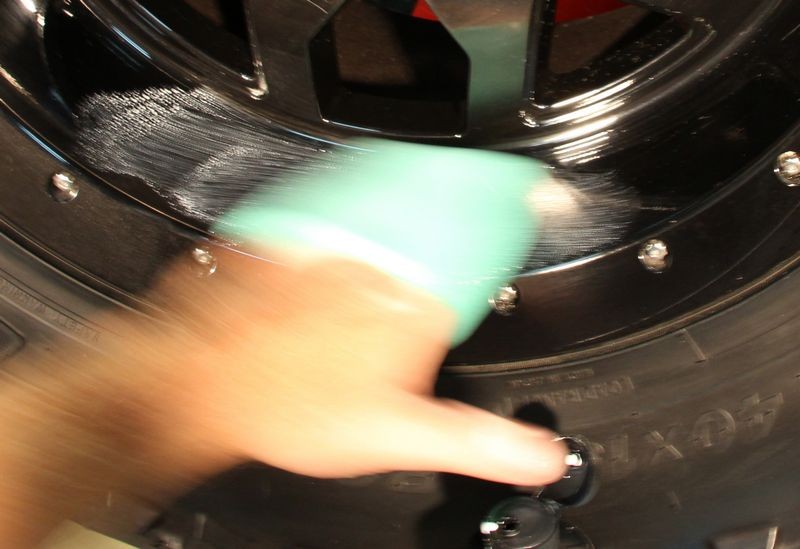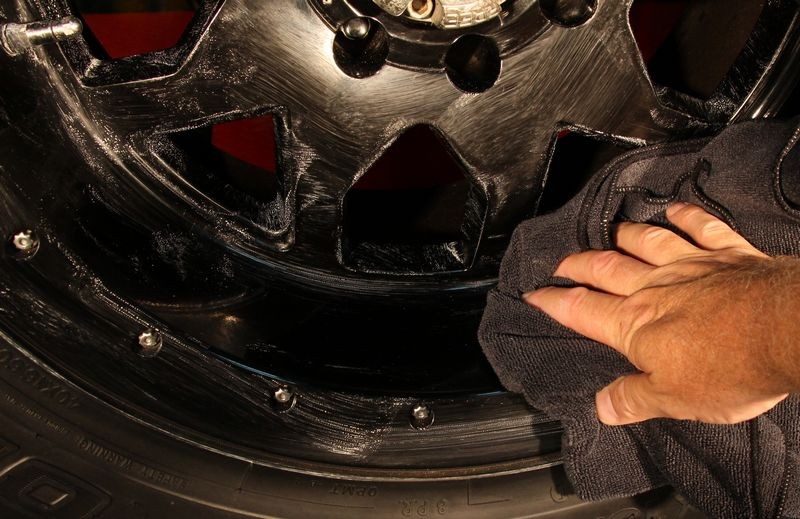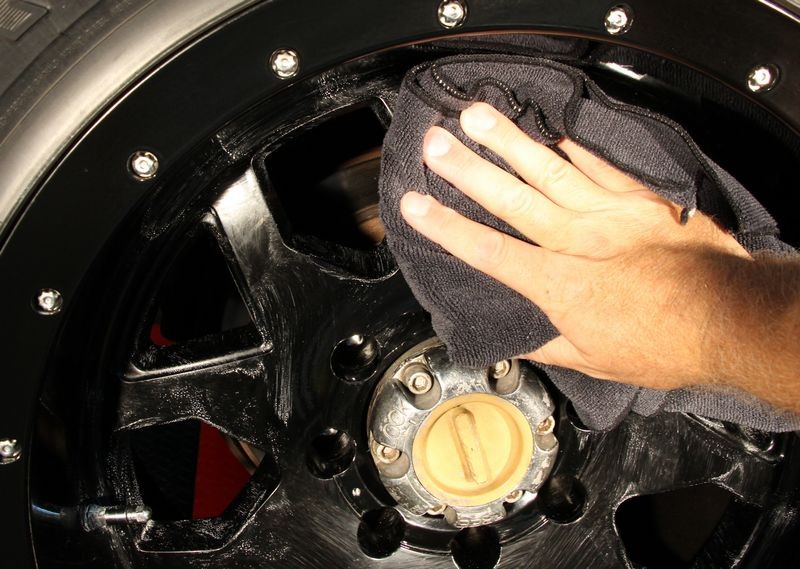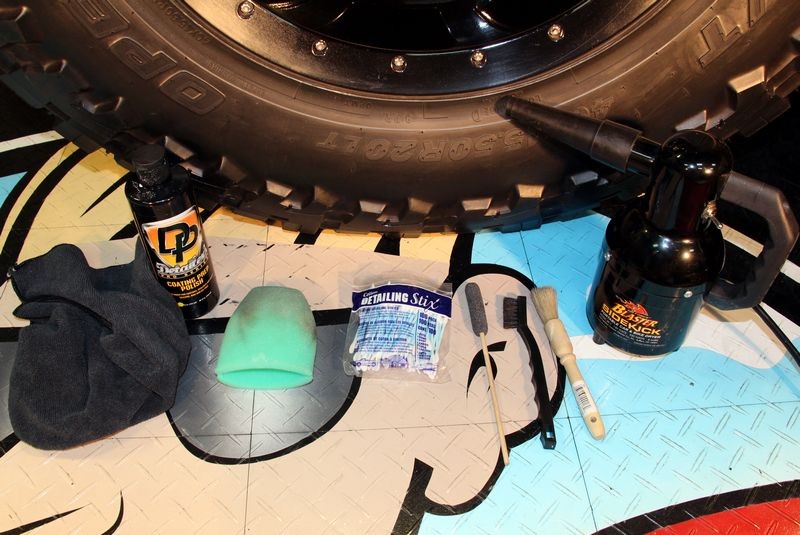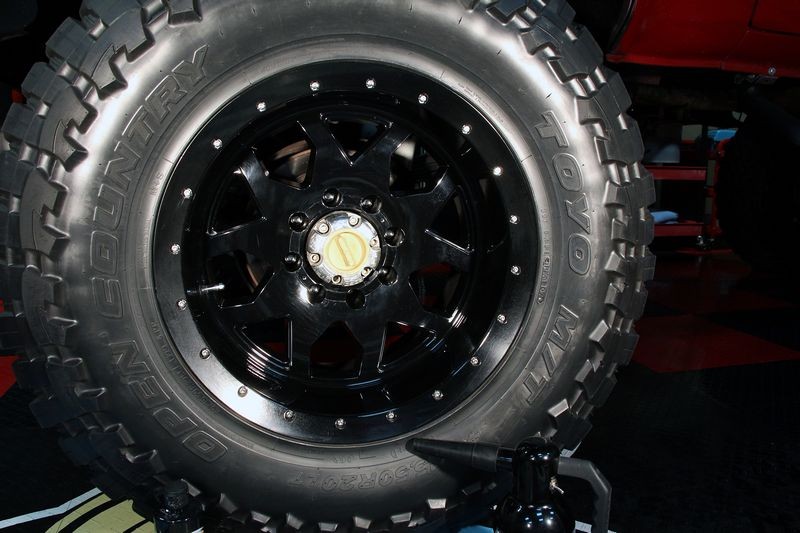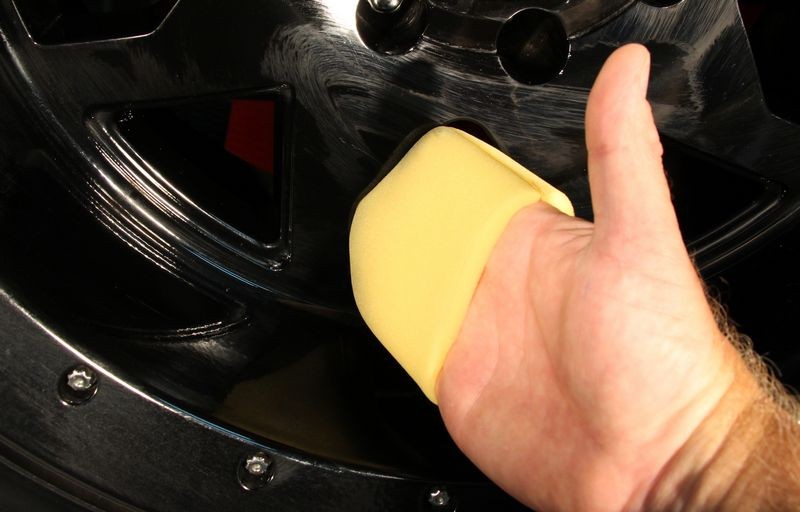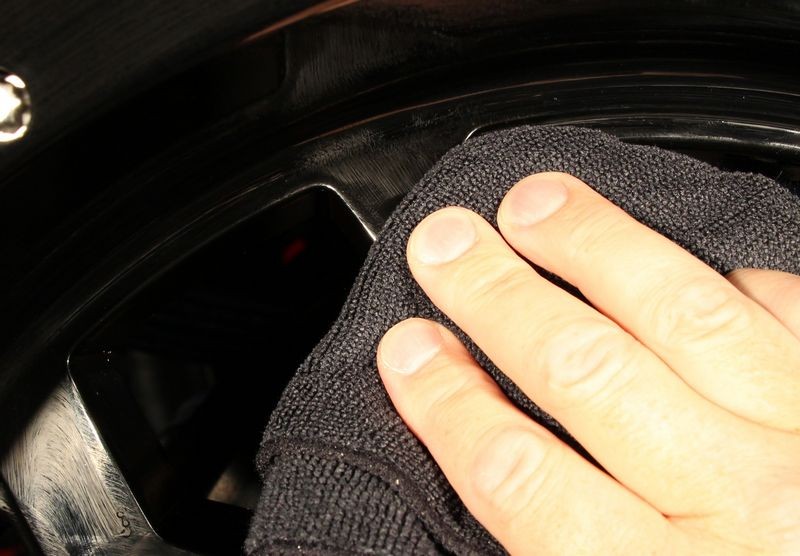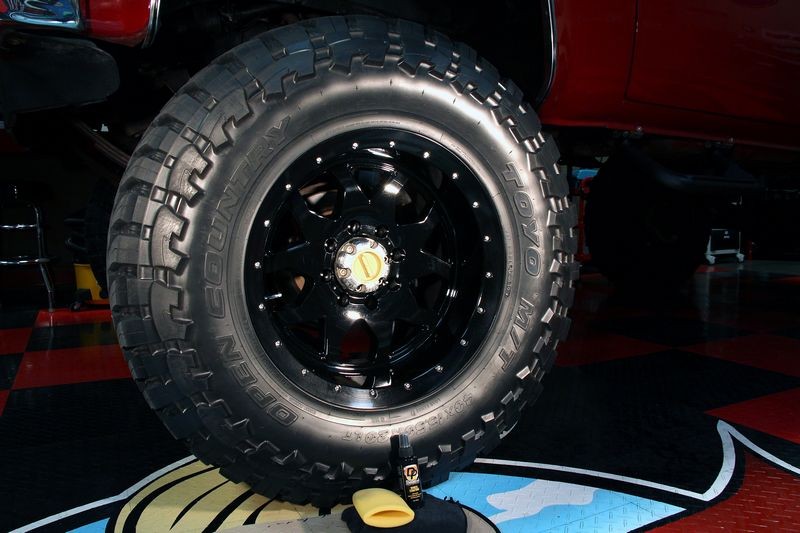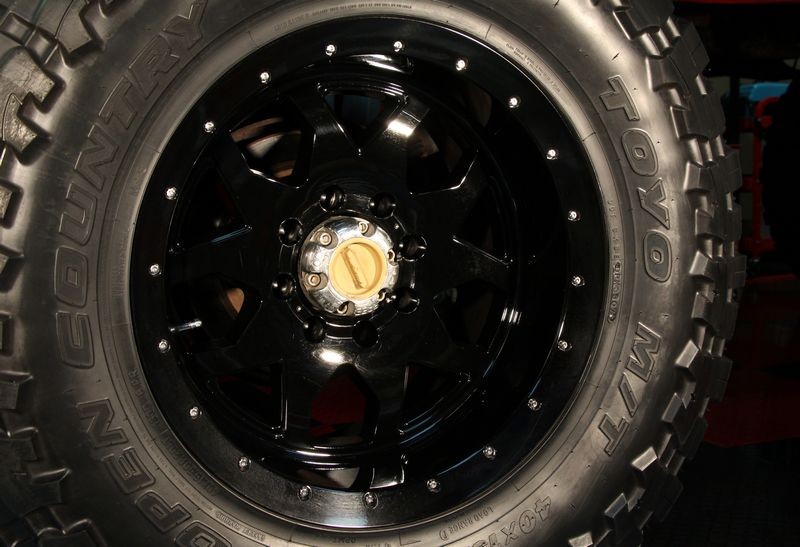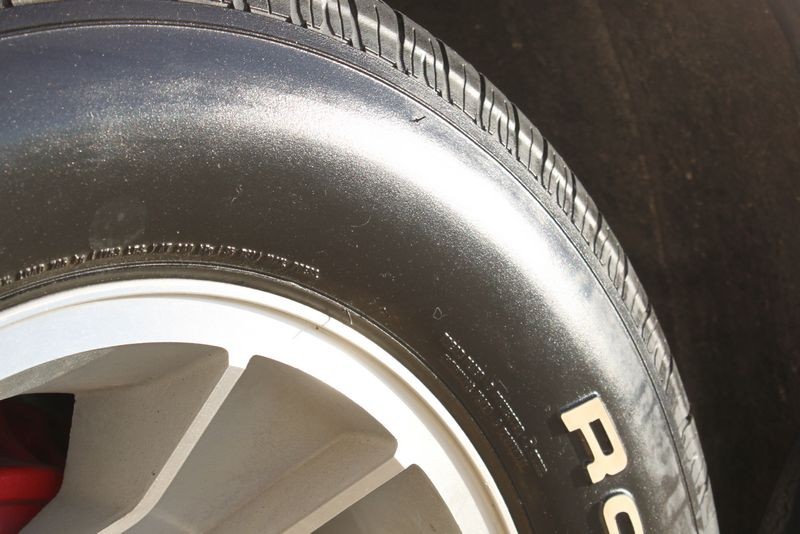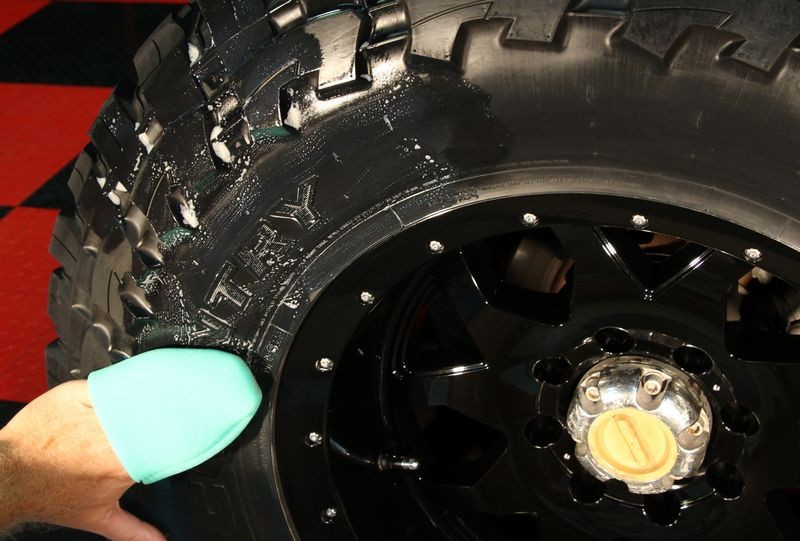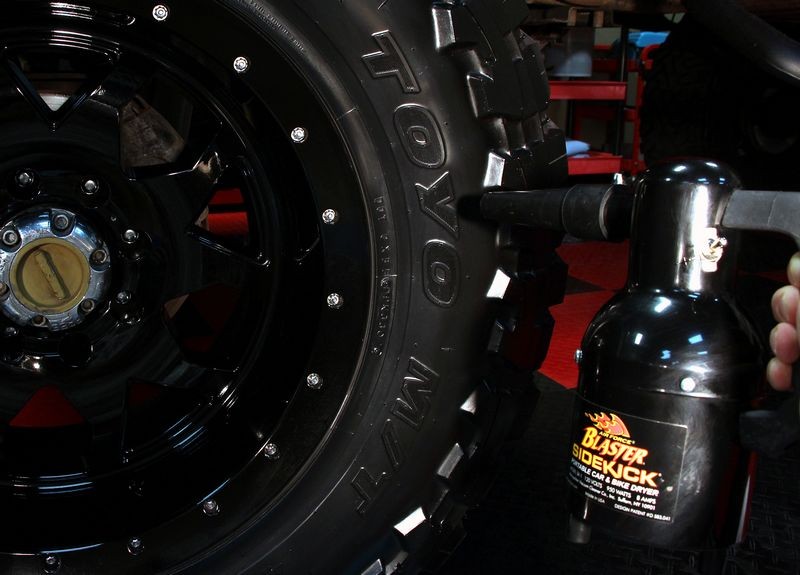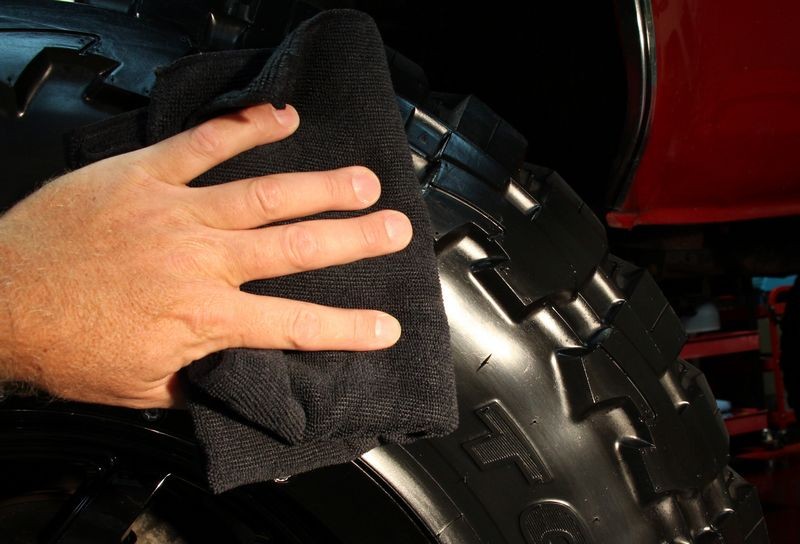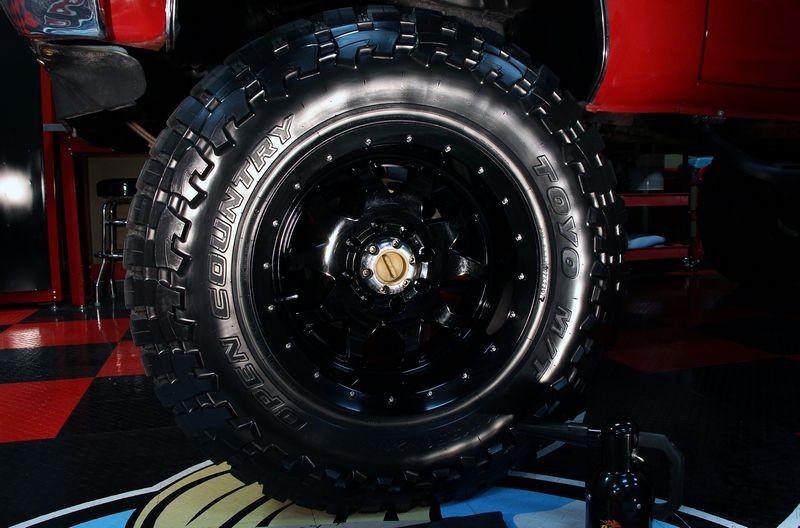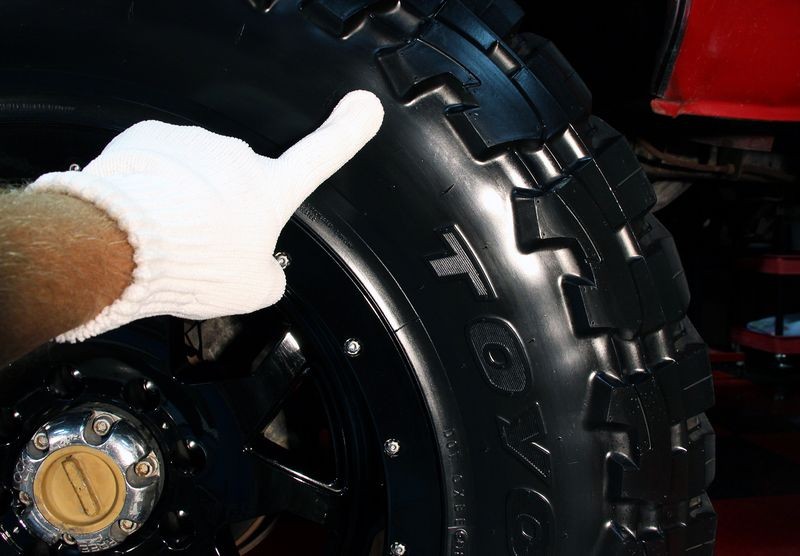Mike Phillips
Active member
- Dec 5, 2022
- 51,004
- 6
How to prep your car for winter
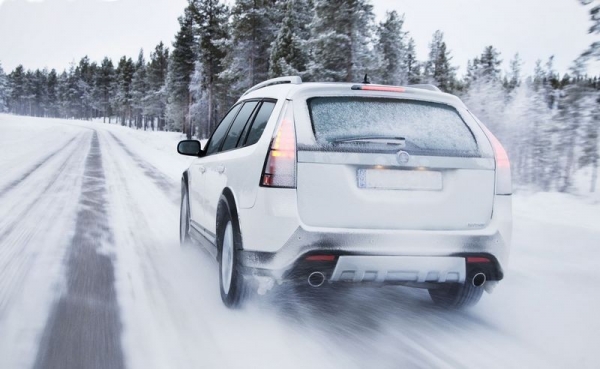
When old man winter arrives and sets in, for a lot of people, there won’t be another good chance to wash and do any type of exterior car detailing due to the weather and cold temperatures. That is, it’s just too cold outside to work or it’s too wet to much of the time to make detailing your car worth the time, energy and expense.
Instead of washing and detailing their car in the winter months, what a lot of people do is prep their car for winter. The goal of winter prepping is two fold,
There’s been a lot of really great new products introduced using the latest in car care technology in the last few years and even in the last few months that will fulfill numbers #1 and #2 which are the goals for winter prepping.
How to prep your car’s paint for winter
Lets start with the big picture, that’s your car’s paint and then we’ll take a look at the other areas of your car that you need to protect before winter hits.
Your car’s paint is one of the most expensive components of your car. It is the process that is the most complicated and most important from a customer’s point of view when any new vehicle is built on an assembly line.
If the paint fails for any reason on your car, getting a top quality paint job that will functionally replace the factory paint job will cost you’re a low of $3000.00 to upwards of $10,000.00 depending upon what you want and the vehicle you’re having painted.
Because most of us would rather invest in taking care of the paint we already have on our car and saving the money it would cost to get it repainted, and because from a visual point of view, the paint makes or breaks the beauty appearance of any vehicle, lets take a look at how to prep your car’s paint for the winter season. Lets look at products that will protect your car’s paint against the harsh winter elements and environment and at the same time can and will last through the winter season.
Let’s take a look at paint coatings...
Paint Coatings
There are three primary categories of products commonly used to protect automobile paint.
1. Car Waxes
Historically, most people think of and consider a car wax as a product that uses a waxy substance to protect the paint, endure over time and add beauty. Most car waxes use Brazilian Carnauba Wax as the ingredient for protection, long life and beauty but there are other types of waxes that are also used in the automotive detailing industry, such as Montan Wax, Beeswax and even Paraffin Wax which is a petroleum distillate.
Traditional car waxes, both paste and the liquid versions have been with us the longest in the context of the history of the automobile and have a strong and loyal fan base for the rich, warm glow they impart and the positive aesthetics and even therapy associated with hand applying a coat of wax on a Saturday afternoon to your pride and joy.
Until man-made synthetic paint sealants were introduced starting in the 1950’s, the traditional car wax was in it’s time considered a long lasting option to protect your car’s paint. But then in the 1950’s car wax companies started introducing synthetic paint sealants that used man-made ingredients for protection, endurance and beauty.
2. Synthetic Paint Sealants
As science progressed chemist discovered ways to create substances that could provide the benefits of car wax while providing the chemist with control over the production of and thus quality of these man-made protection ingredients.
The benefits are generally protection ingredients that protect better than a waxy substance, last longer than a waxy substance when compared to identical environments and also create the gloss and shine that everyone loves. While most synthetic paint sealants are liquids there are some options available in paste form.
3. Paint Coatings
It used to be a paint coating was something a less than honest salesperson would try to sell you when you bought a new car but for the most part these were just synthetic paint sealants with a warranty that most people forgot about and/or never took advantage of once the newness of buying a new car wore off.
Although sold as a miracle product that would create an invisible force field around your car and protect it forever, this just wasn’t true and they only lasted as long as products described in the synthetic paint sealant category. While they will last longer than a traditional car wax they did not live up to the promises they were sold with.
Real paint coatings are now a reality
In the last few years, paint coatings have transitioned from snake oil to the real deal. The technology behind this is real and claims for protection, durability and beauty are honest. The best news is you don’t have to pay an arm and a leg to have someone apply them to your car using some secret technique… you can do it yourself.
Below we’ll take a look at Detailer’s Paint Coating as an option for meeting the two goals I’ve listed above for prepping your car’s paint for winter. Besides being able to protect your car’s paint and the ability to last through a harsh winter, it will also impart a high gloss appearance with a slick finish, which is also important to us car guys and car gals.
Detailer’s Paint Coating

This is the new kid on the block but this paint coating has taken a great idea, that is a coating that becomes a functional part of the paint itself, and tweaked it in a way as to make it a lot more user-friendly.
What’s in the bottle?
Detailer’s Paint Coating uses nano-glass ceramic particles blended with state of the art cross-linking polymers to form a strong bond to automotive paints functionally becoming a part of the paint. It’s almost like adding another layer of clear paint to your car’s current finish.
High gloss, slick finish
Some coatings leave your car’s paint feeling rubbery which is opposite from how most people like their car’s paint to feel to the touch. Detailer’s Paint Coating is unique in this area as it leaves your paint feeling very slick and glassy. This slickness plus the high surface tension produced by the nano-glass ceramic particles work together to create a self-cleaning effect. This self-cleaning effect keeps your car cleaner longer in-between regular washings. This characteristic is another reason why Detailer’s Paint Coating is a great choice for protecting your car’s finish through the winter season.
Spray-on Application
Unlike other paint coatings, Detailer’s Paint Coating comes in a bottle that includes a pump sprayer to make application a lot easier. An important part of the pump sprayer is how well it atomizes the liquid coating. By atomizing the liquid into a very fine mist this enables the user to spray small amounts of the coating to a large area thereby aiding in the most important step and that’s spreading out a thin, uniform layer of the coating. Detailer’s Paint Coating is incredibly easy to use, even if it’s you’re very first time using a paint coating instead of a car wax or synthetic paint sealant.
Gently spread over one panel at a time
After misting a light spray of the liquid paint coating onto a panel, all you have to do next is spread the coating over the entire panel using a clean, soft foam applicator pad. As you’re spreading the product out you look at the panel being coated at an angle to ensure any high spots or excess residue is smoothed over.
Lightly buff to to a high shine
After treating a single panel, next you take a clean, dry microfiber towel and lightly buff the panel to remove any excess residue and to create a high gloss, uniform appearance. After the final wipe you’re done with this panel and then simply repeat this process to each painted panel.
For tips on how to apply Detailer’s Paint Coating, see my article here,
How to apply Detailer's Paint Coating

Pre-Coating Paint Prep
In order to prepare your car’s finish for application of the Detailer’s Paint Coating you must first clean the paint surface to remove any contaminants, previously applied waxes or sealants or polishing oils. This too is a very easy procedure that you can do by hand or machine.
For tips and techniques on how to use Detailer’s Paint Coating Prep, see my article here,
How to use Detailer's Paint Coating Prep
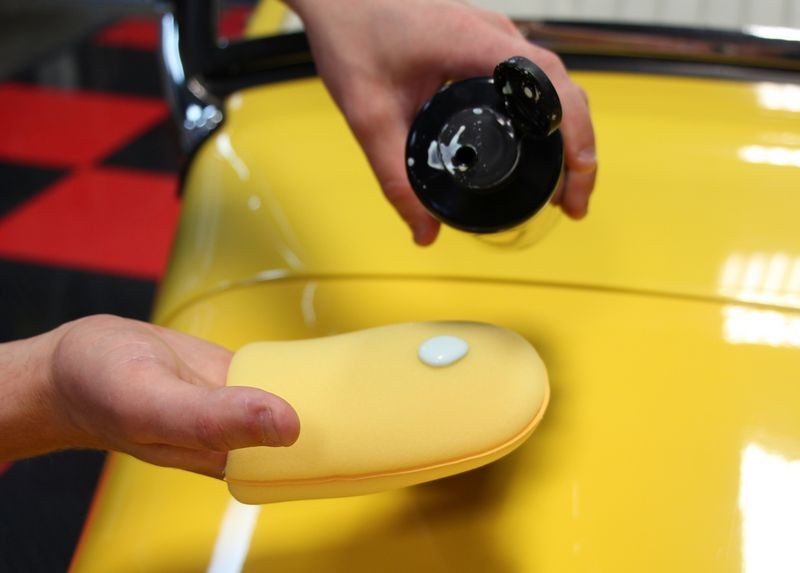
Paint fully protected and ready for winter
After prepped and then coated your car's exterior painted body panels not only will your car look great! It will also be protected to get your car through the harsh winter months until the sunshine returns in the spring!
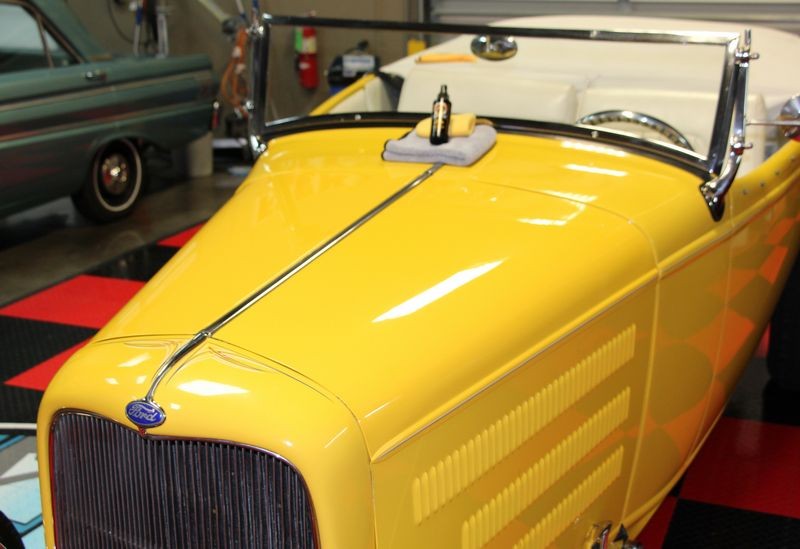


When old man winter arrives and sets in, for a lot of people, there won’t be another good chance to wash and do any type of exterior car detailing due to the weather and cold temperatures. That is, it’s just too cold outside to work or it’s too wet to much of the time to make detailing your car worth the time, energy and expense.
Instead of washing and detailing their car in the winter months, what a lot of people do is prep their car for winter. The goal of winter prepping is two fold,
1. Choose the best products that will protect your car against the harsh winter weather.
2. Choose the best products that will hold up and last over the length of the winter season.
So lets take a look at a few things you can do for your car help it make it through the winter season unscathed. Then when the sunny, warm weather returns in the spring you can remove any accumulated road film, brake dust, bonded contaminants, swirls and scratches when spring cleaning start!2. Choose the best products that will hold up and last over the length of the winter season.
There’s been a lot of really great new products introduced using the latest in car care technology in the last few years and even in the last few months that will fulfill numbers #1 and #2 which are the goals for winter prepping.
How to prep your car’s paint for winter
Lets start with the big picture, that’s your car’s paint and then we’ll take a look at the other areas of your car that you need to protect before winter hits.
Your car’s paint is one of the most expensive components of your car. It is the process that is the most complicated and most important from a customer’s point of view when any new vehicle is built on an assembly line.
If the paint fails for any reason on your car, getting a top quality paint job that will functionally replace the factory paint job will cost you’re a low of $3000.00 to upwards of $10,000.00 depending upon what you want and the vehicle you’re having painted.
Because most of us would rather invest in taking care of the paint we already have on our car and saving the money it would cost to get it repainted, and because from a visual point of view, the paint makes or breaks the beauty appearance of any vehicle, lets take a look at how to prep your car’s paint for the winter season. Lets look at products that will protect your car’s paint against the harsh winter elements and environment and at the same time can and will last through the winter season.
Let’s take a look at paint coatings...
Paint Coatings
There are three primary categories of products commonly used to protect automobile paint.
1. Car Waxes
Historically, most people think of and consider a car wax as a product that uses a waxy substance to protect the paint, endure over time and add beauty. Most car waxes use Brazilian Carnauba Wax as the ingredient for protection, long life and beauty but there are other types of waxes that are also used in the automotive detailing industry, such as Montan Wax, Beeswax and even Paraffin Wax which is a petroleum distillate.
Traditional car waxes, both paste and the liquid versions have been with us the longest in the context of the history of the automobile and have a strong and loyal fan base for the rich, warm glow they impart and the positive aesthetics and even therapy associated with hand applying a coat of wax on a Saturday afternoon to your pride and joy.
Until man-made synthetic paint sealants were introduced starting in the 1950’s, the traditional car wax was in it’s time considered a long lasting option to protect your car’s paint. But then in the 1950’s car wax companies started introducing synthetic paint sealants that used man-made ingredients for protection, endurance and beauty.
2. Synthetic Paint Sealants
As science progressed chemist discovered ways to create substances that could provide the benefits of car wax while providing the chemist with control over the production of and thus quality of these man-made protection ingredients.
The benefits are generally protection ingredients that protect better than a waxy substance, last longer than a waxy substance when compared to identical environments and also create the gloss and shine that everyone loves. While most synthetic paint sealants are liquids there are some options available in paste form.
3. Paint Coatings
It used to be a paint coating was something a less than honest salesperson would try to sell you when you bought a new car but for the most part these were just synthetic paint sealants with a warranty that most people forgot about and/or never took advantage of once the newness of buying a new car wore off.
Although sold as a miracle product that would create an invisible force field around your car and protect it forever, this just wasn’t true and they only lasted as long as products described in the synthetic paint sealant category. While they will last longer than a traditional car wax they did not live up to the promises they were sold with.
Real paint coatings are now a reality
In the last few years, paint coatings have transitioned from snake oil to the real deal. The technology behind this is real and claims for protection, durability and beauty are honest. The best news is you don’t have to pay an arm and a leg to have someone apply them to your car using some secret technique… you can do it yourself.
Below we’ll take a look at Detailer’s Paint Coating as an option for meeting the two goals I’ve listed above for prepping your car’s paint for winter. Besides being able to protect your car’s paint and the ability to last through a harsh winter, it will also impart a high gloss appearance with a slick finish, which is also important to us car guys and car gals.
Detailer’s Paint Coating

This is the new kid on the block but this paint coating has taken a great idea, that is a coating that becomes a functional part of the paint itself, and tweaked it in a way as to make it a lot more user-friendly.
What’s in the bottle?
Detailer’s Paint Coating uses nano-glass ceramic particles blended with state of the art cross-linking polymers to form a strong bond to automotive paints functionally becoming a part of the paint. It’s almost like adding another layer of clear paint to your car’s current finish.
High gloss, slick finish
Some coatings leave your car’s paint feeling rubbery which is opposite from how most people like their car’s paint to feel to the touch. Detailer’s Paint Coating is unique in this area as it leaves your paint feeling very slick and glassy. This slickness plus the high surface tension produced by the nano-glass ceramic particles work together to create a self-cleaning effect. This self-cleaning effect keeps your car cleaner longer in-between regular washings. This characteristic is another reason why Detailer’s Paint Coating is a great choice for protecting your car’s finish through the winter season.
Spray-on Application
Unlike other paint coatings, Detailer’s Paint Coating comes in a bottle that includes a pump sprayer to make application a lot easier. An important part of the pump sprayer is how well it atomizes the liquid coating. By atomizing the liquid into a very fine mist this enables the user to spray small amounts of the coating to a large area thereby aiding in the most important step and that’s spreading out a thin, uniform layer of the coating. Detailer’s Paint Coating is incredibly easy to use, even if it’s you’re very first time using a paint coating instead of a car wax or synthetic paint sealant.
Gently spread over one panel at a time
After misting a light spray of the liquid paint coating onto a panel, all you have to do next is spread the coating over the entire panel using a clean, soft foam applicator pad. As you’re spreading the product out you look at the panel being coated at an angle to ensure any high spots or excess residue is smoothed over.
Lightly buff to to a high shine
After treating a single panel, next you take a clean, dry microfiber towel and lightly buff the panel to remove any excess residue and to create a high gloss, uniform appearance. After the final wipe you’re done with this panel and then simply repeat this process to each painted panel.
For tips on how to apply Detailer’s Paint Coating, see my article here,
How to apply Detailer's Paint Coating

Pre-Coating Paint Prep
In order to prepare your car’s finish for application of the Detailer’s Paint Coating you must first clean the paint surface to remove any contaminants, previously applied waxes or sealants or polishing oils. This too is a very easy procedure that you can do by hand or machine.
For tips and techniques on how to use Detailer’s Paint Coating Prep, see my article here,
How to use Detailer's Paint Coating Prep

Paint fully protected and ready for winter
After prepped and then coated your car's exterior painted body panels not only will your car look great! It will also be protected to get your car through the harsh winter months until the sunshine returns in the spring!

